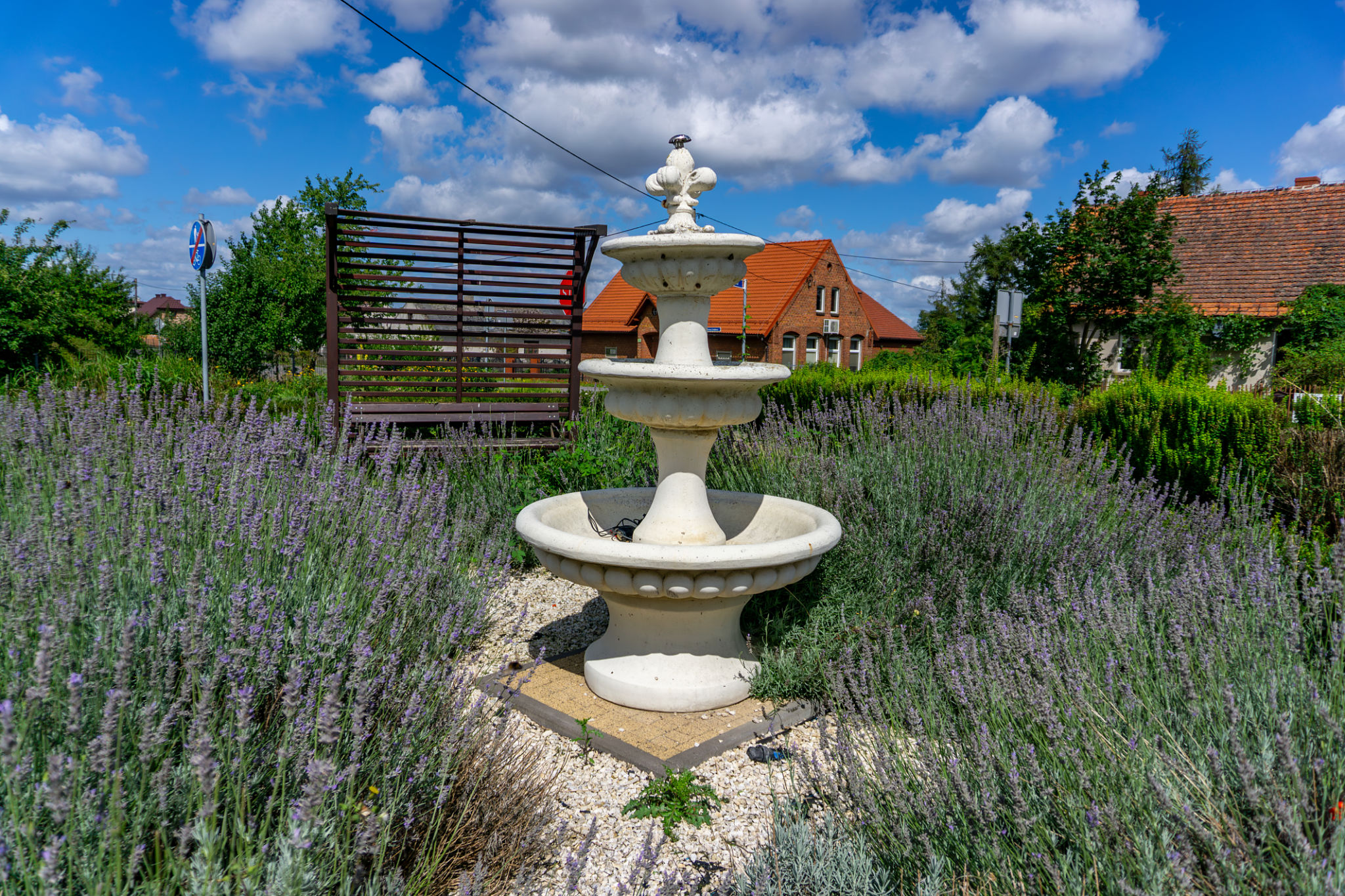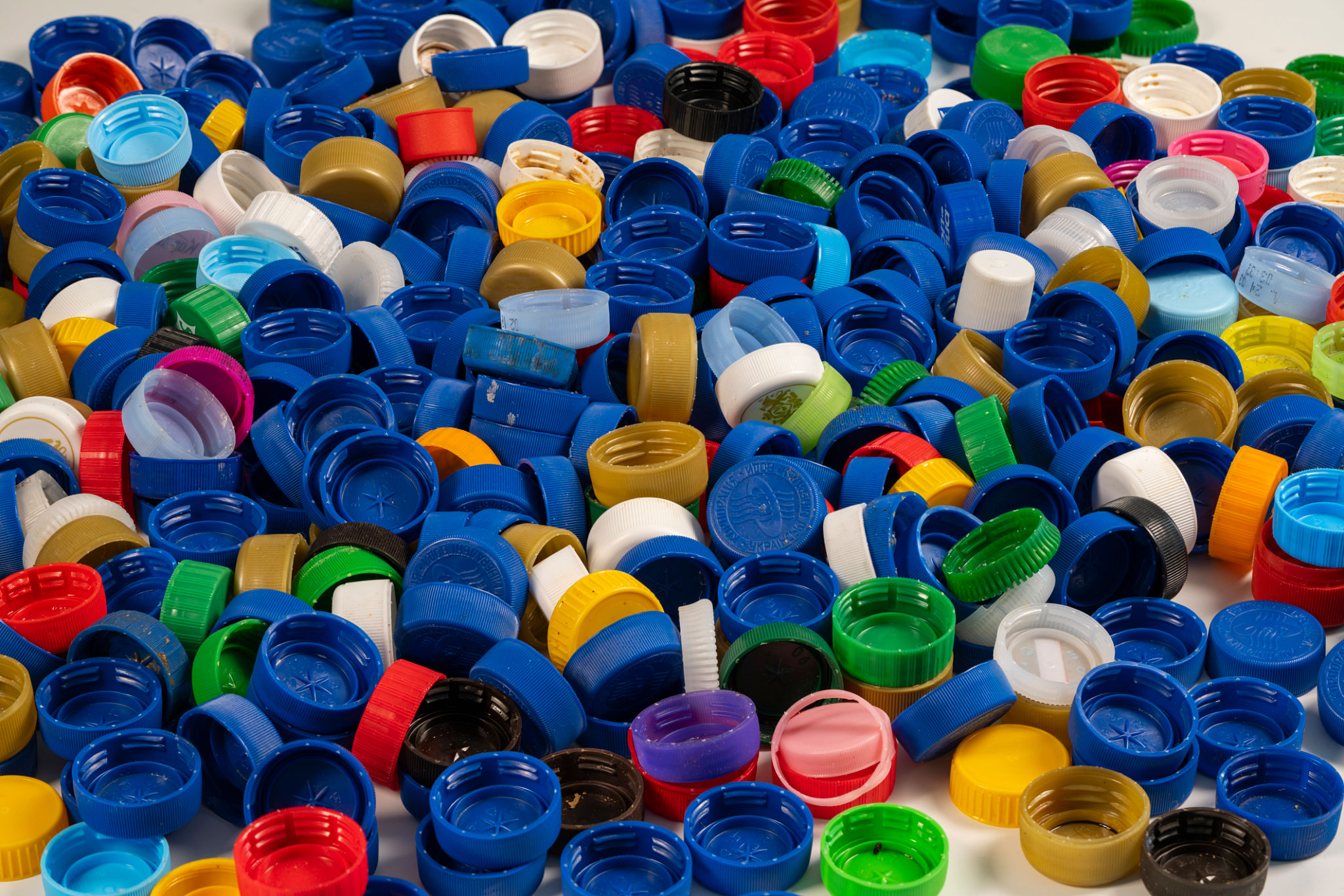How Eco-Sculptures Are Redefining Art Spaces Globally
Introduction to Eco-Sculptures
In recent years, the art world has witnessed a growing trend towards sustainability, with eco-sculptures emerging as a powerful medium for artistic expression and environmental consciousness. These innovative creations not only capture the imagination but also redefine traditional art spaces globally. By integrating natural materials and sustainable practices, eco-sculptures are transforming how art is perceived and experienced.
The Rise of Eco-Sculptures
Eco-sculptures are gaining popularity as artists and galleries increasingly prioritize environmental responsibility. With climate change and ecological preservation at the forefront of global concerns, artists are using their platforms to raise awareness and advocate for change. Eco-sculptures, often made from recycled materials or organic substances, serve as a bridge between art and nature, fostering a dialogue about sustainability.

Materials and Techniques
Artists working in this medium employ a variety of materials and techniques to create their pieces. From reclaimed wood and recycled metals to living plants and biodegradable elements, the choice of materials is crucial in conveying a message of sustainability. Techniques such as upcycling and biomimicry are commonly used, allowing artists to explore new forms and textures while minimizing their ecological footprint.
Transforming Art Spaces
Eco-sculptures have the unique ability to redefine art spaces, both indoors and outdoors. Traditional galleries are incorporating these works into their collections, offering visitors an immersive experience that challenges conventional perceptions of art. Public spaces, too, are embracing eco-sculptures, transforming parks, gardens, and urban landscapes into vibrant displays of creativity and environmental awareness.

Global Impact and Cultural Significance
The influence of eco-sculptures extends beyond aesthetics; they play a significant role in promoting cultural and environmental awareness on a global scale. By addressing themes such as climate change, biodiversity loss, and resource conservation, these artworks encourage viewers to reflect on their relationship with the environment. This cultural significance is further amplified when communities actively participate in the creation or curation of eco-sculptures.
Notable Eco-Sculpture Projects
Around the world, several high-profile eco-sculpture projects have captured public attention. One notable example is the "Trash People" by German artist HA Schult, which features life-sized figures made entirely from recyclable materials. Similarly, the "Living Chapel" in Italy uses plants and sustainable materials to create a space for reflection and harmony with nature.

The Future of Eco-Sculptures
As the demand for sustainable art grows, the future of eco-sculptures looks promising. Artists are continuously experimenting with new materials and technologies, pushing the boundaries of what is possible in this dynamic field. Collaborations between artists, architects, and environmentalists are likely to yield innovative installations that further integrate art into the natural world.
Conclusion
Eco-sculptures have undeniably redefined art spaces globally by merging creativity with sustainability. As more individuals and institutions embrace this form of artistic expression, it is clear that eco-sculptures will play a pivotal role in shaping the future of art and its relationship with the environment. As we continue to explore this exciting intersection between art and ecology, one thing is certain: eco-sculptures are here to stay.